The Benefits of Biomethane through Anaerobic Digestion
The shift towards sustainable and renewable energy sources is paramount in our fight against climate change and towards achieving energy security. Among the myriad of options available, biomethane production through anaerobic digestion stands out as a promising solution. This blog explores the benefits of biomethane, how it's produced via anaerobic digestion, and its applications, particularly in heating homes and as HGV fuel.
The Anaerobic Digestion Process
The anaerobic digestion process involves four key stages: hydrolysis, acidogenesis, acetogenesis, and methanogenesis. Initially, complex organic compounds are broken down into simpler compounds. These are then converted into volatile fatty acids, followed by the production of hydrogen and carbon dioxide, and finally, these gases are transformed into methane and water by methanogens.
Anaerobic Digestion Facilities
Anaerobic digestion facilities, or anaerobic digestion plants, are the sites where this process takes place. These facilities vary in size and capacity, from small, on-farm operations to large-scale industrial plants serving communities or regions. In the UK, anaerobic digestion plants are an integral part of the renewable energy landscape, contributing significantly to the production of biomethane.
Benefits of Biomethane
Biomethane, as a product of anaerobic digestion, offers numerous environmental, economic, and social benefits. It is a clean, renewable source of energy that can be used to generate electricity, provide heating for homes, and fuel vehicles, particularly heavy goods vehicles (HGVs).
Heating Homes
One of the key applications of biomethane is in heating homes. It can be injected into the natural gas grid or used in standalone systems, providing a renewable alternative to fossil fuels. This not only reduces greenhouse gas emissions but also enhances energy security and supports the transition to a low-carbon economy.
HGV Fuel
Biomethane is also an excellent fuel option for HGVs. Compared to diesel, biomethane reduces carbon dioxide emissions significantly and emits lower levels of pollutants, such as nitrogen oxides and particulate matter. This makes it an attractive option for transportation companies looking to reduce their environmental impact and comply with stricter emissions regulations.
Anaerobic Digestion of Food Waste
The anaerobic digestion of food waste represents a critical strategy in waste management and energy production. By diverting food waste from landfills, where it would emit methane as it decomposes, to anaerobic digesters, we can capture and utilise this methane, turning a potential pollutant into a valuable energy resource.
Anaerobic Digestion Technology
Advancements in anaerobic digestion technology have improved the efficiency and viability of biomethane production. Innovations in digester design, pre-treatment processes, and gas cleaning techniques have enhanced biogas yields and the quality of biomethane produced, making it more competitive with conventional natural gas.
Anaerobic Digestion vs Gasification
While both anaerobic digestion and gasification can produce renewable energy from organic materials, they differ significantly in process and output. Gasification is a thermal process that converts organic or fossil fuel-based materials into carbon monoxide, hydrogen, and carbon dioxide. Unlike anaerobic digestion, which produces methane-rich biogas through a biological process, gasification requires high temperatures and produces a syngas that can be used to generate electricity or synthetic fuels.
The Role of Anaerobic Digesters in the UK
In the UK, anaerobic digesters play a crucial role in renewable energy production, waste management, and carbon emissions reduction. The government's support for anaerobic digestion technology through incentives and regulatory frameworks has facilitated the growth of the sector, making the UK one of the leaders in anaerobic digestion technology in Europe.
Conclusion
Biomethane production through anaerobic digestion offers a versatile and sustainable solution to several challenges, including waste management, energy security, and climate change mitigation. By harnessing the power of microorganisms to convert organic waste into clean energy, we can reduce our reliance on fossil fuels, lower greenhouse gas emissions, and move towards a more sustainable and resilient energy system. The benefits of biomethane, particularly in heating homes and fueling HGVs, underscore the importance of continuing to develop and invest in anaerobic digestion technology. As we look to the future, the role of anaerobic digestion plants in the UK and around the world will undoubtedly become even more significant, driving us towards a greener, more sustainable future.
